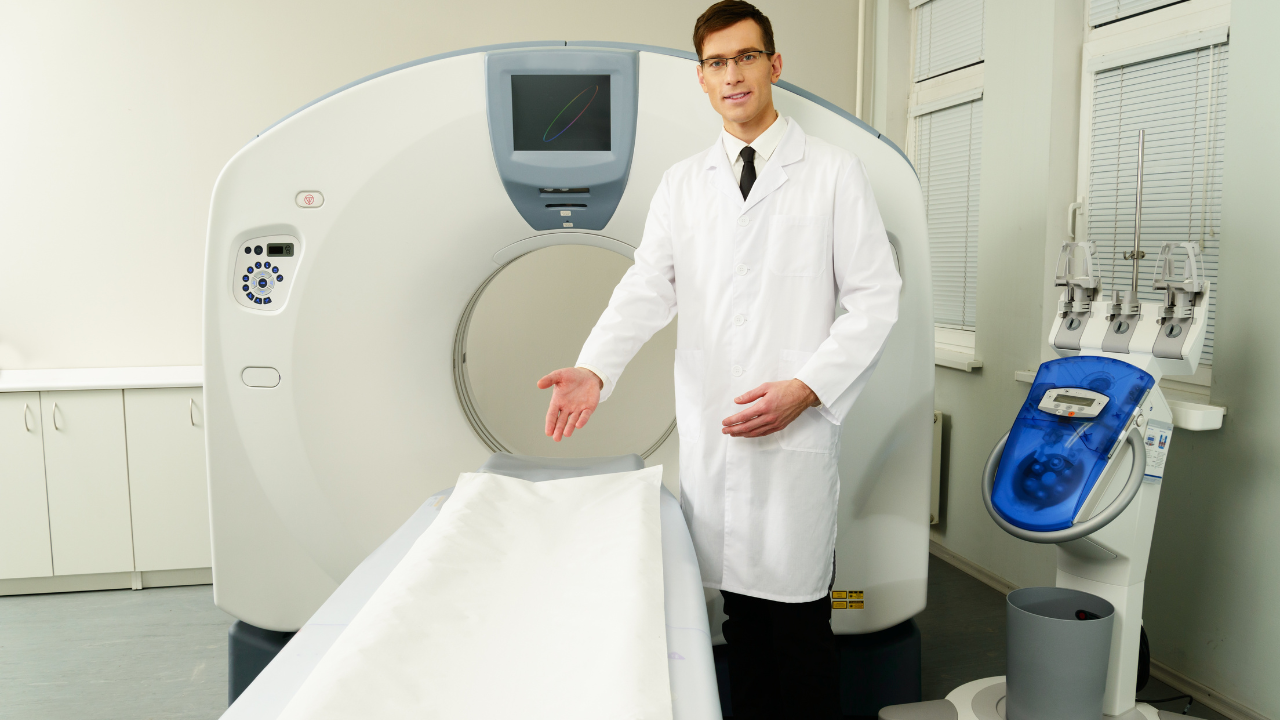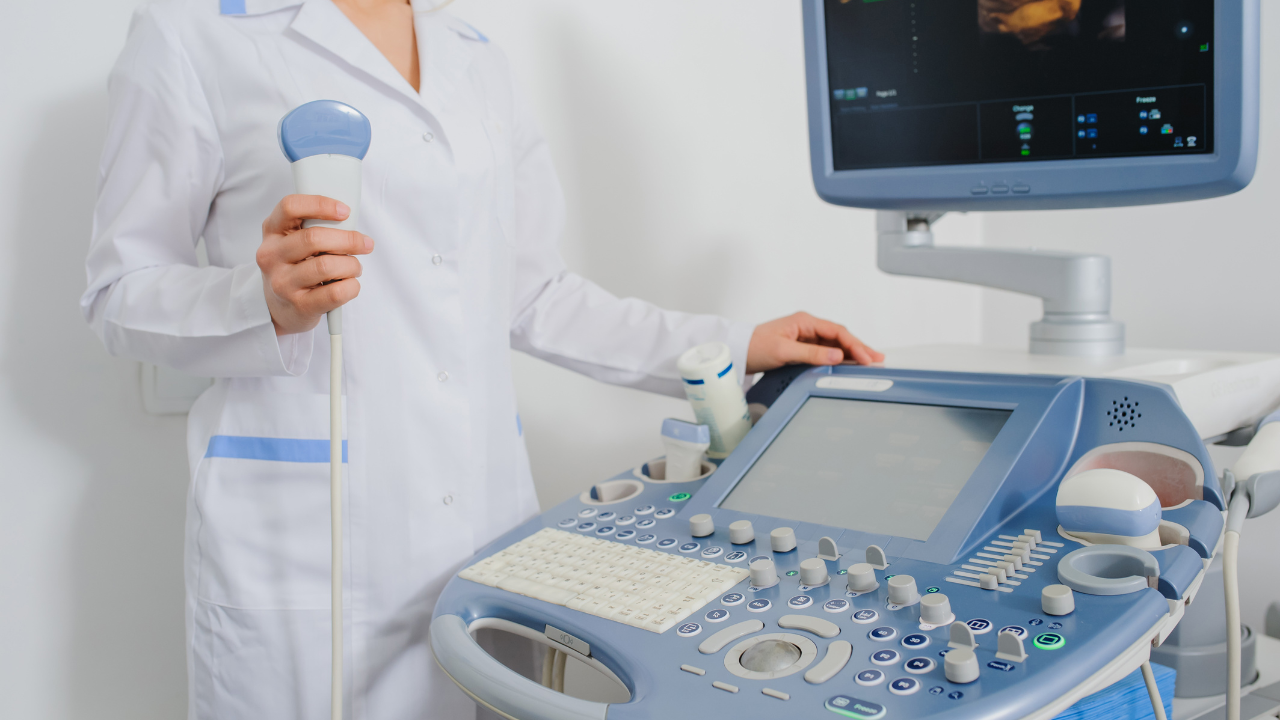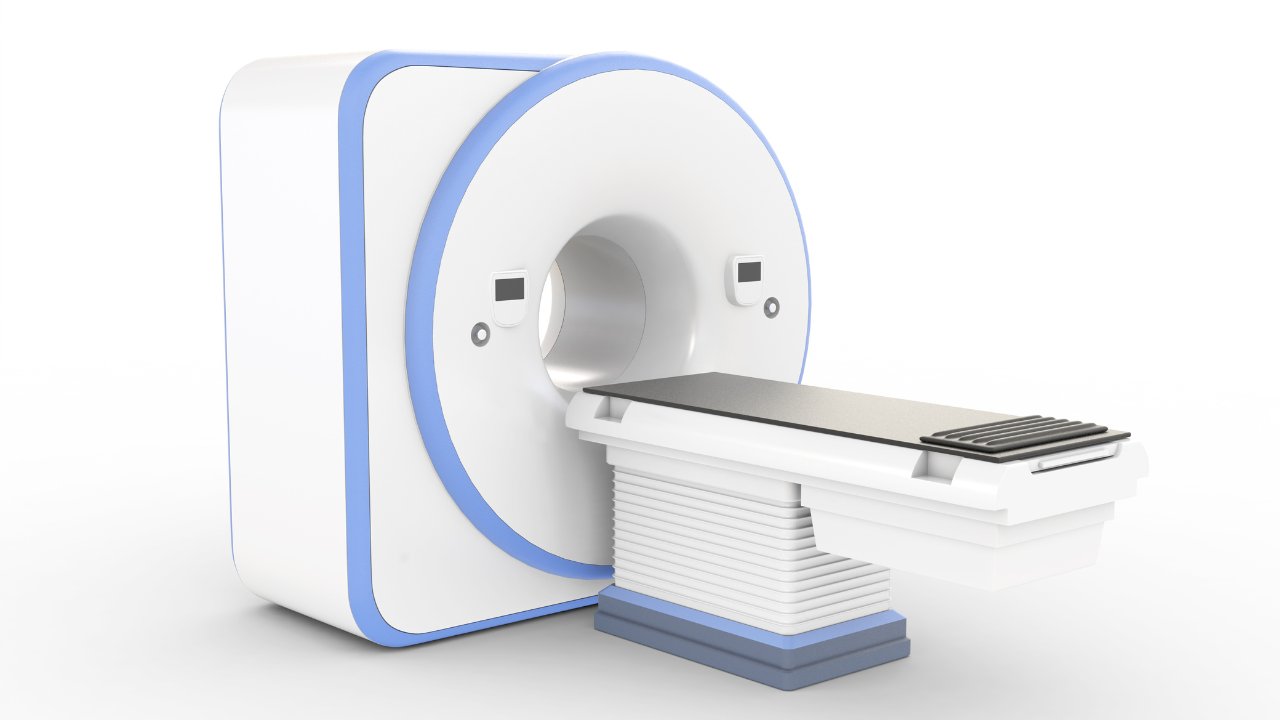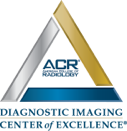Blog and News
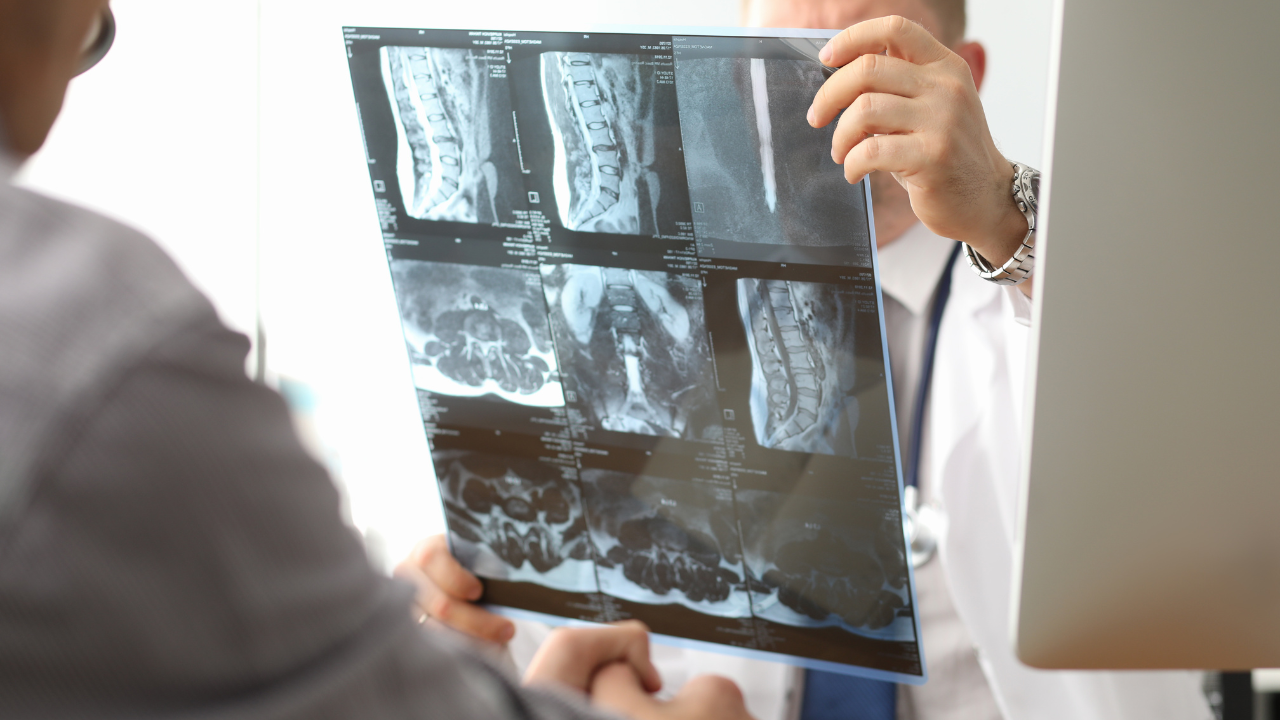
Bone density scanning, or dual-energy X-ray absorptiometry (DEXA), provides a precise measurement of your bone mineral density ( BMD). By utilizing two X-ray beams at differing energy levels, DEXA assesses the absorption rates by your bones to calculate your BMD. This result is then compared against a reference population to determine your T-score. You're alerted to conditions like osteopenia or osteoporosis, which increase your risk of fractures. Early detection through regular scans enables timely intervention, reducing your risk and promoting better health outcomes. Knowing your bone health status also impacts your psychological well-being and helps in planning economically for potential treatments. Let's explore how further insights can enhance your health management strategy.
Key Takeaways
- Bone density scanning detects early signs of osteopenia and osteoporosis, reducing fracture risks.
- Regular scans enable timely interventions, improving long-term bone health.
- Knowledge of bone density can alleviate anxiety and improve mental well-being by facilitating proactive health management.
- Misdiagnosis due to scan inaccuracies can lead to inappropriate treatments, affecting overall health negatively.
- Early detection through scans can lower long-term healthcare costs by preventing severe osteoporosis-related complications.
Understanding Bone Density Scanning
Bone density scanning, also known as dual-energy X-ray absorptiometry (DEXA), is a precise diagnostic tool that measures the density of minerals, such as calcium, in your bones. This non-invasive technique utilizes low-dose X-rays to ascertain two separate X-ray beams at differing energy levels. The absorption of each beam by your bones is measured and compared, enabling the calculation of bone mineral density (BMD). This value is pivotal in assessing bone strength and the potential presence of osteoporosis.
You'll find that the DEXA scan is typically administered to the lumbar spine and hips, areas most susceptible to fracture. Precision in these measurements is critical, as it influences the diagnostic decisions and subsequent treatment plans. The results are quantified and compared against a reference population, based on age, sex, weight, and ethnic background, providing a T-score. This score interprets your bone health, indicating whether your BMD is within normal range, below normal, or significantly lower, suggestive of osteoporosis.
Understanding these results, you're better equipped to engage in proactive discussions with healthcare professionals about preventive measures or treatments. This knowledge empowers you to contribute effectively to the well-being of those you serve, ensuring they receive informed and compassionate care.
Health Risks and Considerations
Understanding the health risks associated with varying bone densities can guide you in making informed decisions about your medical and lifestyle choices. Low bone density, or osteopenia, may progress to osteoporosis, significantly increasing the risk of fractures. These conditions aren't merely inconvenient; they're serious health concerns that can lead to decreased mobility and independence, particularly in older adults.
For those with high bone density, while less common, there are also potential risks. Conditions such as osteopetrosis can cause bones to become overly dense and brittle, leading to complications. These might include skeletal abnormalities and increased likelihood of bone marrow suppression.
Regular bone density scanning, or dual-energy X-ray absorptiometry (DXA), enables early detection of these conditions, facilitating timely intervention. Effective management strategies might include dietary modifications, tailored exercise regimens, and specific pharmacological treatments aimed at optimizing bone mass and reducing fracture risk.
It's essential you understand that while DXA scans are low-risk, they involve exposure to minimal amounts of radiation. You must weigh the benefits of frequent monitoring against the minimal exposure risks. Consulting with a healthcare provider skilled in osteology can help you determine the appropriate frequency of scans for your specific health profile. This balance is crucial in maintaining not only skeletal health but overall well-being.
Psychological Impacts
While physical considerations of bone density are often prioritized, the psychological effects these conditions have on patients shouldn't be overlooked. You might find that the knowledge of having low bone density can lead to significant psychological distress. This distress manifests as anxiety and depression, driven by concerns over potential fractures and decreased mobility. Research indicates that the fear of falling, which increases with the diagnosis of osteoporosis, can significantly limit your social interactions and physical activities, further deteriorating your quality of life.
Moreover, the stigma associated with osteoporosis as a disease of frailty can exacerbate feelings of isolation and self-stigma. You might struggle with self-esteem as you internalize societal perceptions of weakness. It's critical to recognize these psychological burdens as they can influence your overall treatment adherence and health outcomes.
Addressing these impacts involves comprehensive care that includes psychological support and counseling, aimed at enhancing coping strategies and resilience. As a caregiver or healthcare provider, you're positioned to offer not only medical but also emotional support, helping to mitigate these psychological effects. This integrated approach ensures that treatment plans are holistic, addressing both the physical and emotional health needs of patients, thereby fostering a better quality of life.
Economic Factors
Economic considerations significantly influence your access to and the affordability of bone density scanning technologies. The cost of these scans can vary widely depending on factors such as geographic location, facility type, and whether you're insured or paying out-of-pocket. In regions with higher medical costs, even basic diagnostic tools like bone density scans can be prohibitively expensive, making it difficult for you to get the care you need.
Insurance coverage plays a pivotal role. Policies differ significantly; some may cover the full cost of a scan, particularly if you're at high risk for osteoporosis, while others mightn't cover these scans at all unless specific medical criteria are met. It's crucial to understand your insurance plan's specifics to avoid unexpected expenses that could impact your financial stability.
Furthermore, the economic burden of osteoporosis-related fractures is substantial, not only for you but also for the healthcare system. Preventive scanning can lead to early detection and treatment, potentially reducing long-term healthcare costs. By investing in early diagnosis through bone density scans, you're not only safeguarding your health but also contributing to broader economic benefits by potentially reducing the incidence of costly medical treatments and hospitalizations later on.
Accuracy and Reliability of Results
Although bone density scans are widely used for assessing osteoporosis risk, their accuracy and reliability can vary significantly based on the technology and methodology employed. You'll find that Dual-energy X-ray Absorptiometry (DXA), the gold standard for measuring bone mineral density (BMD), provides the most consistent and precise results. However, factors such as operator skill, machine calibration, and patient positioning can influence the outcomes.
When you undergo a DXA scan, it's crucial that the technologist is proficient and the equipment is well-maintained. Inaccuracies in BMD measurements might lead to misdiagnosis or oversight of osteoporosis, impacting your treatment plan and ultimately, your health outcomes. Furthermore, different machines, even within the same facility, can yield divergent results if calibration standards aren't rigorously adhered to.
It's imperative for you to ensure that the facility you choose adheres to strict quality control protocols. Regular calibration checks and staff training sessions are essential components that uphold the integrity of BMD assessments. By understanding these variables, you're better equipped to interpret your results and advocate for your health effectively, ensuring that the care you provide or receive is based on reliable and precise bone health assessments.
Frequently Asked Questions
What Age Should You Start Getting Bone Density Scans?
You should start getting bone density scans at age 65 if you're a woman, and 70 if you're a man. Earlier scanning is advised if you have risk factors like rheumatoid arthritis or chronic kidney disease.
Can Children Undergo Bone Density Scanning Safely?
Yes, children can safely undergo bone density scanning, especially if they have medical conditions affecting bone growth or density. It's a critical diagnostic tool to prevent future skeletal issues and ensure proper treatment.
Does Diet Affect Bone Density Scan Results?
Yes, your diet significantly impacts bone density scan results. Consuming adequate calcium and vitamin D optimizes bone health, which is crucial for accurate readings and overall skeletal strength. Prioritize nutrition to serve your body well.
How Often Should Athletes Get Bone Density Scans?
As an athlete, you should undergo bone density scans every 1-2 years to monitor changes and prevent injury. This frequency ensures optimal bone health assessment, aiding in tailored training and nutrition plans.
Can Medications Interfere With Bone Density Scan Results?
Yes, certain medications can interfere with bone density scan results. It's crucial you disclose all medications to your technician to ensure accurate analysis and tailored advice for enhancing your patients' bone health.
Services
Contact Details
Address: 1971 Gowdey Road,
Naperville, IL 60563
Phone: 630-416-1300
Fax:
630-416-1511
Email: info@foxvalleyimaging.com
© Copyright 2023 Fox Valley Imaging, Inc..


